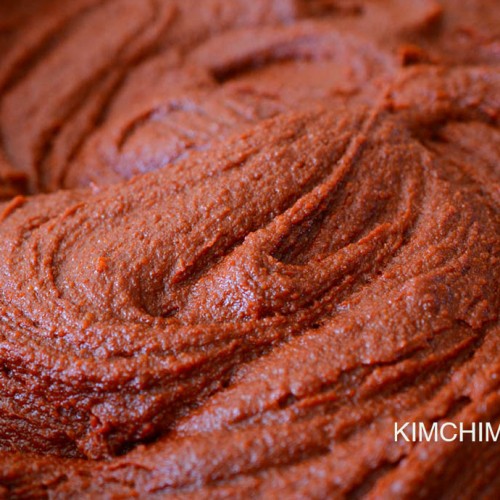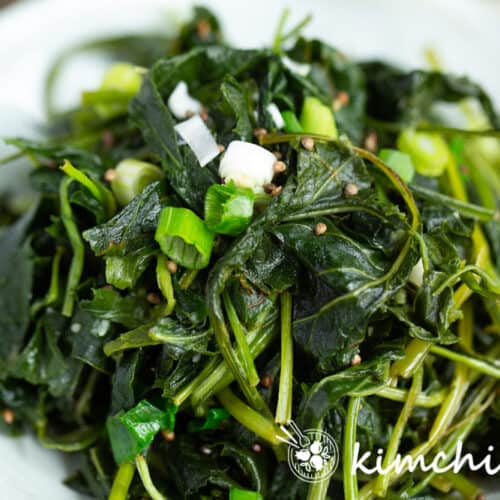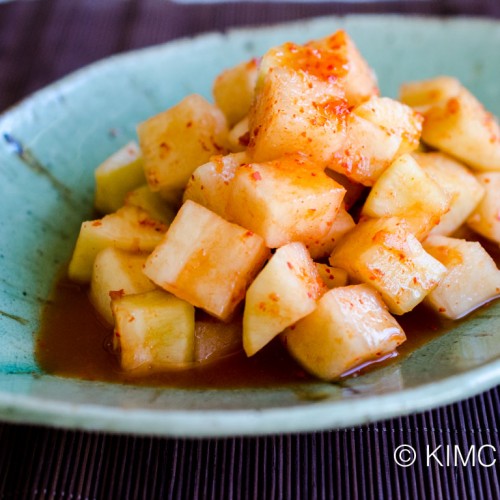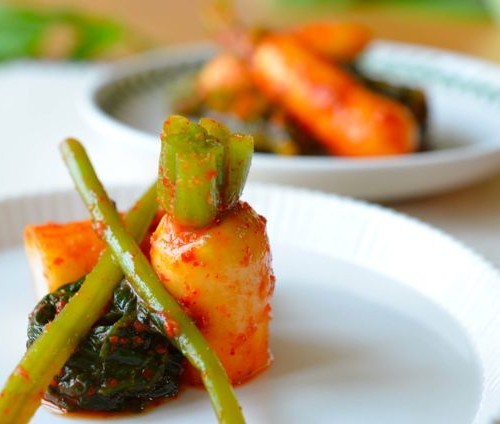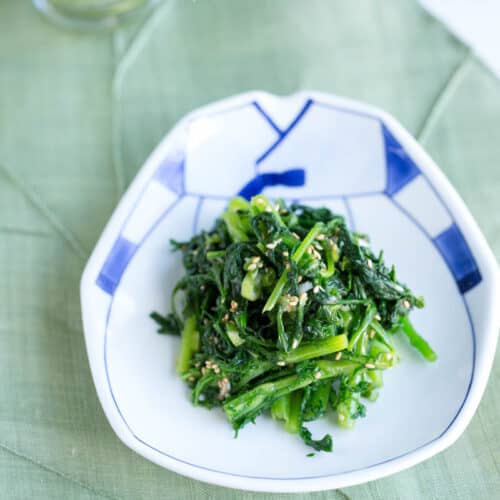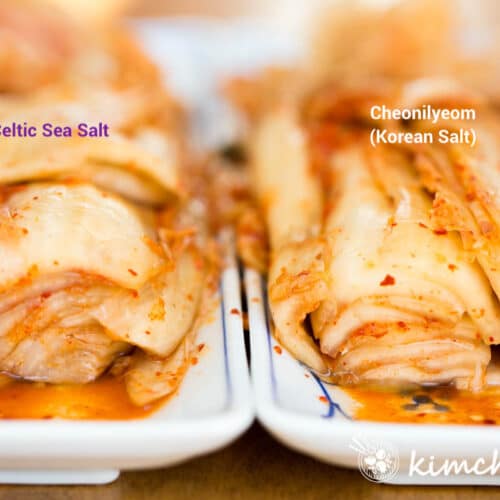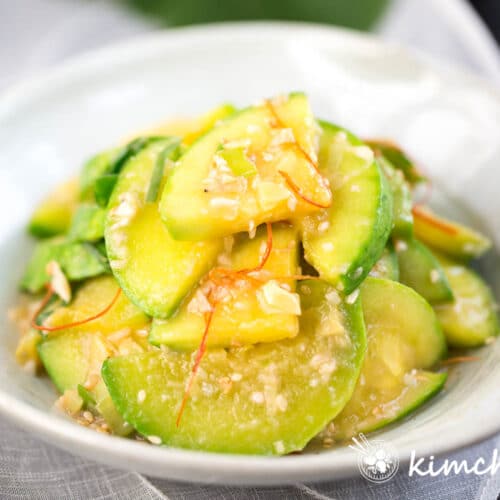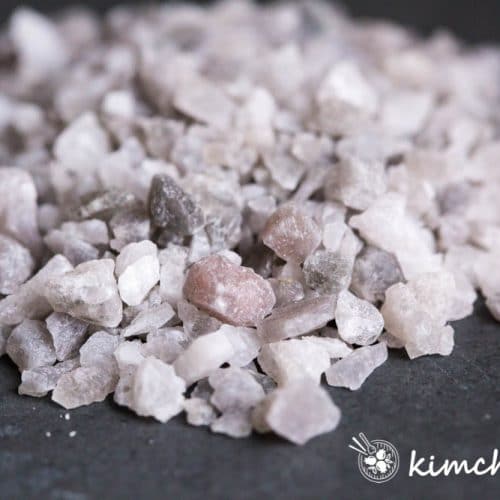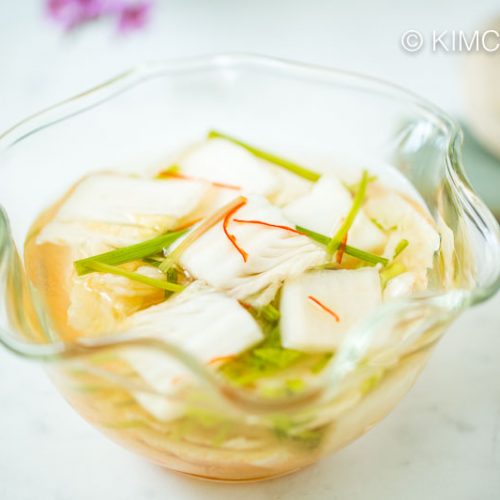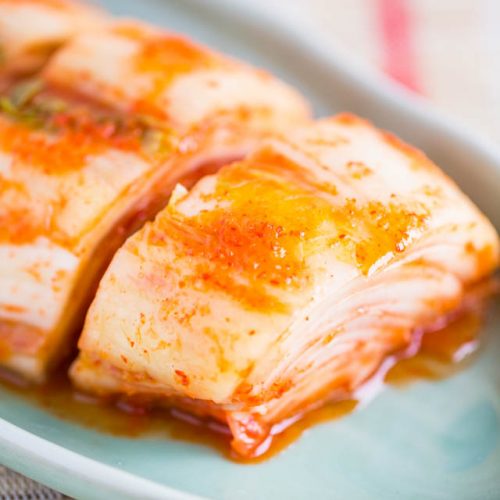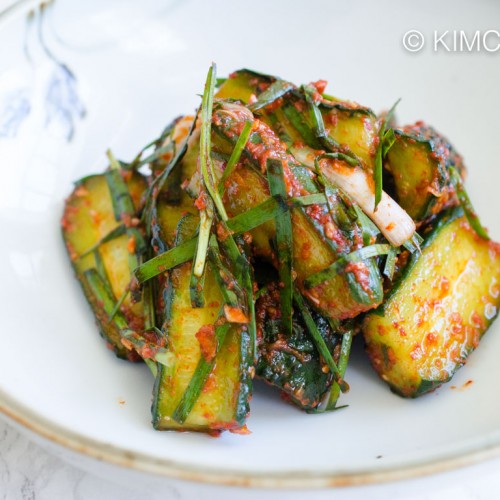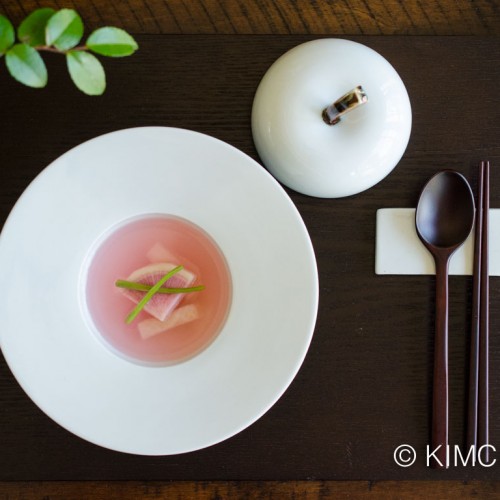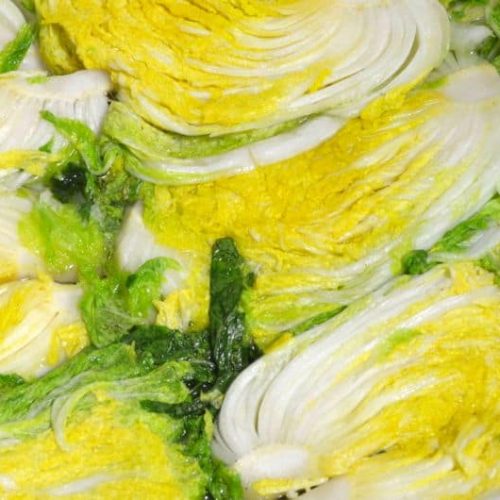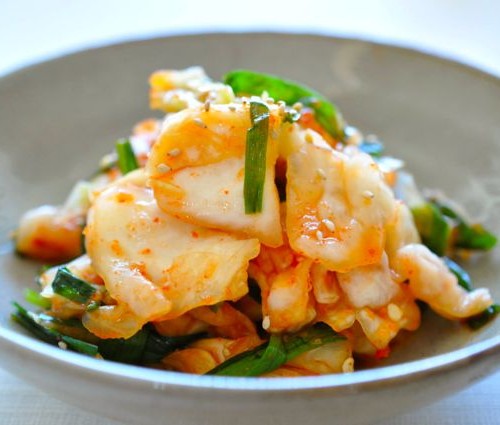What is Cheonilyeom (Solar Sea Salt) ?

Cheonilyeom 天日鹽 literally translates to 'Sky-Day-Salt' or in other words, Solar Salt or Sun-dried Salt. Korea has always made their salts by using the sea water, then drying them in salt flats for months which produces Solar Sea Salt.
So, these salts have a more earthy and slightly bitter taste than other salts while having lower sodium than most.
There are many sea salts in the world but very few are made naturally by letting them dry on these mudflats using the energy of the sun and the wind.
French Guerande salt and Korean Cheonilyeom are some of the few salts that are made this way and so naturally they have very similar tastes. Many other sea salts are either made using the evaporation method or some other man-made factory methods which are faster to make.
In Korea, up until recently, all salts were made this way and so the term Gulgeun Sogeum 굵은 소금 (Coarse Salt) is used interchangeably with Cheonilyeom. You can read more about Korean salt in my Korea Salt Guide.
Coarse Korean Sea Salt or Cheonilyeom is used for brining kimchi vegetables, for pickling, or when making fermented bean sauces or salting fishes in Korean cooking.
The kind of salt has a large effect on the outcome of these dishes so it is best to use Korean coarse sea salt (Cheonilyeom 천일염) when making these.
Korean sea salt has gained international recognition for its flavor by chefs and gourmets in recent years.
Not To Be Confused With
Common coarse sea salt that's not dried in sun - which are actually how most sea salts are made - unless it specifically says it's dried naturally in mudflats in the sun.
꽃소금 Kkotsogeum, 고운소금 Goeun Sogeum (fine salt which many not be sea salt), 맛소금 mat-sogeum (salt with msg added), 구운소금 Gooeun Sogeum (roasted salt) are all different salts that are not Cheonilyeom.
Where and What To Buy
As long as it says 천일염 (Cheonilyeom) 굵은 소금 (Gul-geun Sogeum) they should not be too much difference between brands but I usually like to buy one of the following brands - The Salt 더솔트, CJ Baekseol 백설, Chungjeongone 청정원, Sempio 샘표.
Here's a picture of Chungjeonone brand.
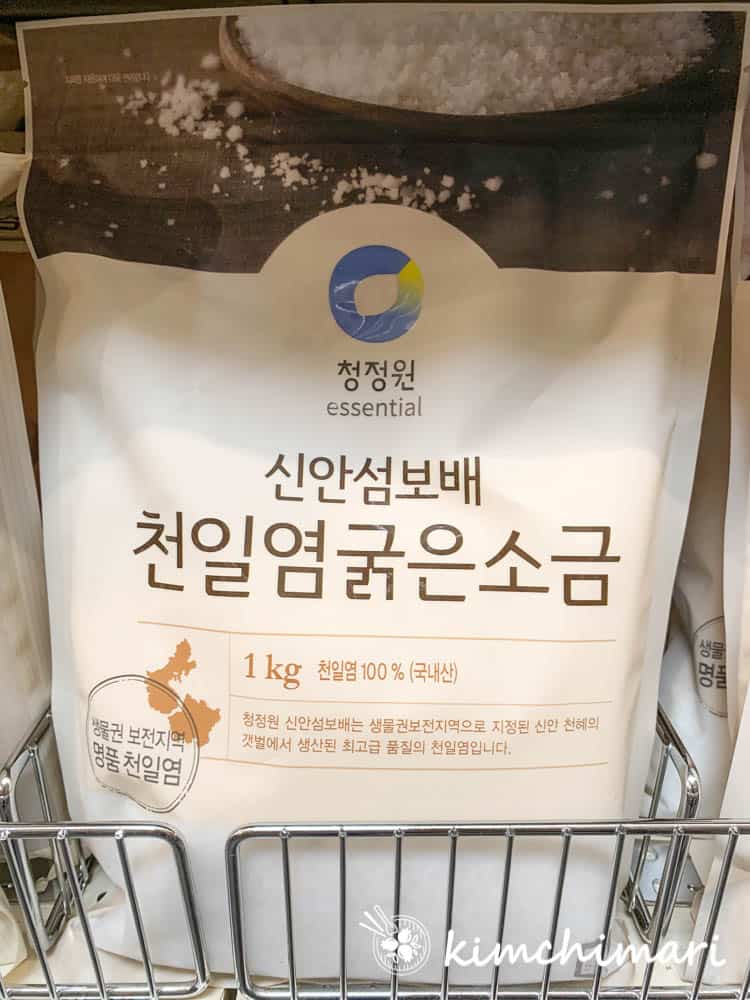
Depending on your needs, you will want to buy coarse sea salt (Gulgeun Sogeum 굵은 소금) or fine sea salt (Goeun Sogeum 고운 소금).
You may also want to look for words like - 바다소금 which means Sea Salt.
Sometimes it may also say 간수 뺀 (Gansu Paen) which means bittern has been removed. The best kind of Cheonilyeom are aged 3 years (3년 묶은) where the salt has been left for 3 years for all the bittern to be removed.
How to Use/Cook
Use Cheonilyeom in everyday cooking. Note, it has less salty than many other salts so you may need to use more of it. But it adds a great flavor to dishes so it's great to use for steaks, fish and where salt is the main seasoning ingredient.
It is also an essential ingredient for kimchi and all fermented bean pastes and other sauces in Korean cooking. If wrong salt is used for Kimchi it can make the kimchi bitter. Read more about salt and Kimchi HERE.
How to Clean/Store
Store Cheonilyeom in a cool dry place.
Nutrition/Health Info
- help regulate fluid balance and blood pressure
- contain minerals including potassium, iron and calcium
- contain less iodine than table salt - some studies claim that Korean sea salt has higher content of minerals, protects the liver, and eliminates free-radicals.
